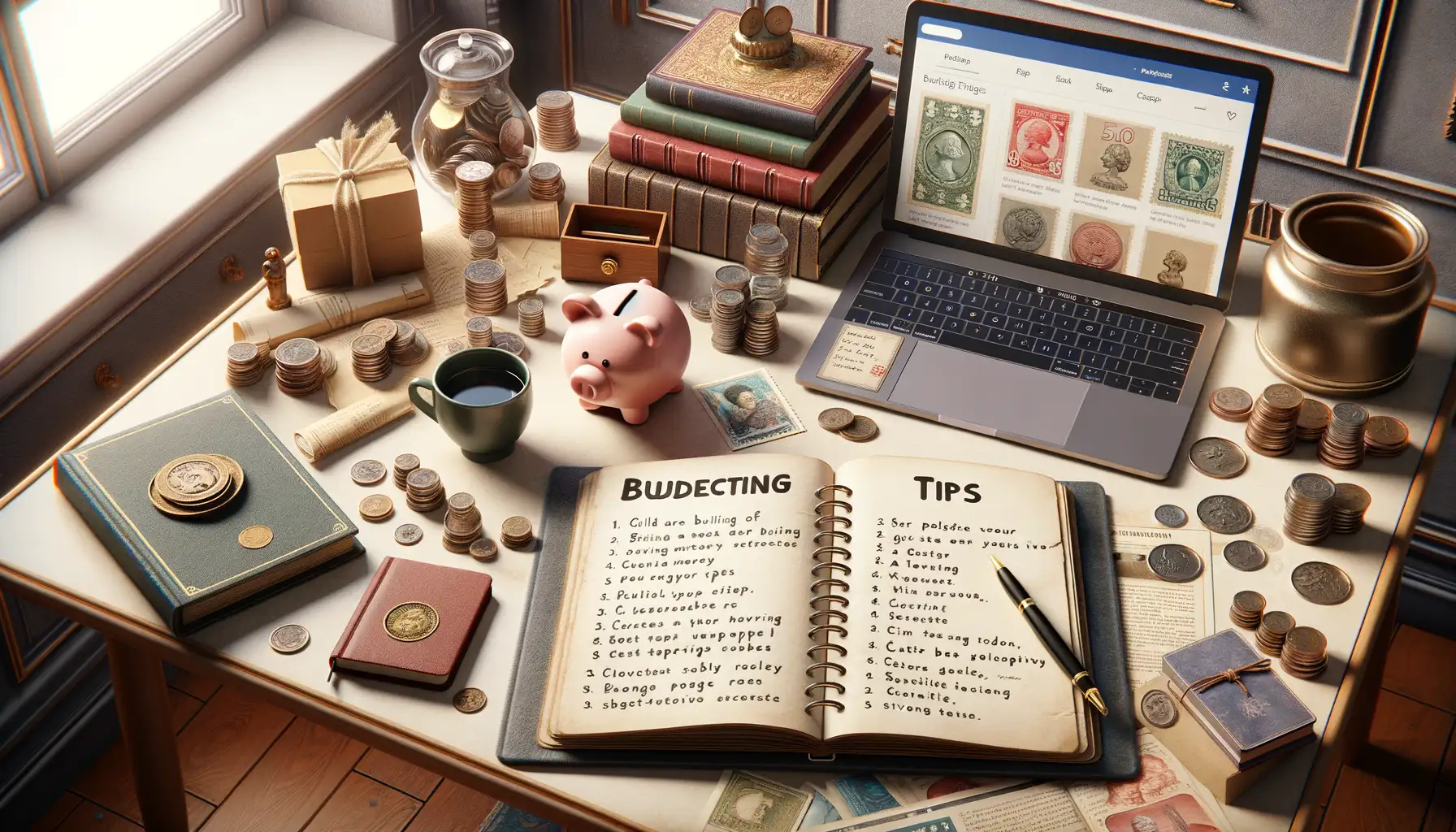Understanding the Importance of Currency Forecasting in Trade Deals
The Backbone of Profitable Trade Negotiations
Imagine this: You’re on the brink of closing a major trade deal that could catapult your business to the next level. But just as you finalize the numbers, the exchange rate swings — suddenly, that “perfect deal” feels like quicksand. This is where understanding currency forecasting becomes not just important, but absolutely mission-critical.
In global commerce, currency fluctuations are the invisible forces steering profits. A slight drop in the value of a currency could mean saving thousands on imports. Conversely, a spike could inflate costs, eating into your margins. Think of currency forecasting as your weather radar; it alerts you to the financial storms ahead, offering clarity when uncertainty looms.
Why Businesses Can’t Afford to Ignore Forecasting
The stakes? Huge. The benefits? Even bigger:
- Risk mitigation: Plan ahead to protect your bottom line from unfavorable rates.
- Strategic decision-making: Confidently time payments and secure deals at optimal rates.
- Global competitiveness: Gain an edge over competitors with superior financial foresight.
Currency forecasting isn’t a luxury reserved for financial giants. It’s the secret weapon for businesses of all sizes navigating the turbulent waters of international trade.
How AI is Revolutionizing Currency Predictions
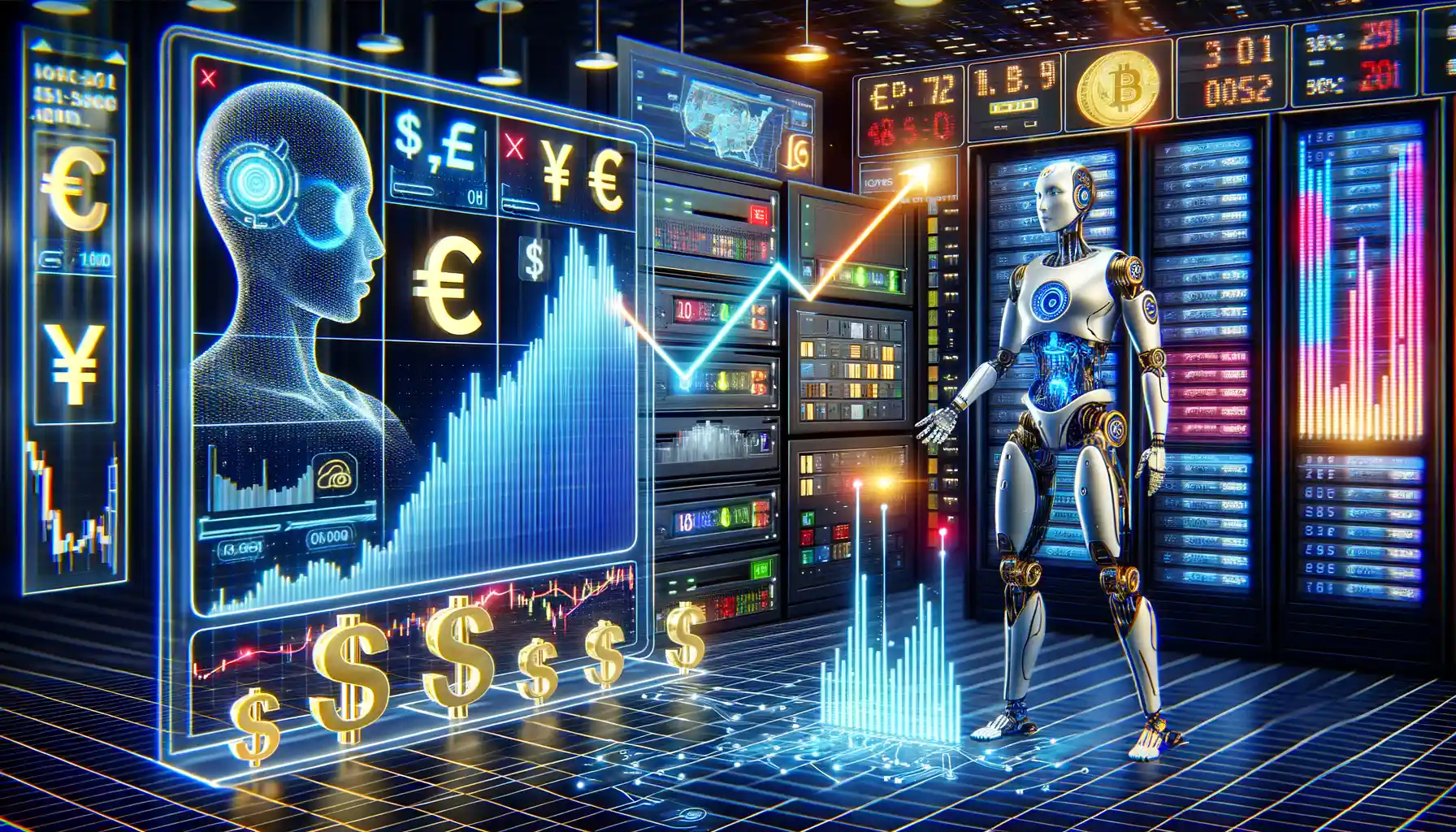
Unleashing the Power of Algorithms in Currency Forecasting
Picture this: predicting currency movements with the precision of a marksman. That’s exactly what AI brings to the table. Gone are the days of relying solely on gut feelings or traditional econometric models that feel like dusty relics of the past. Today, advanced algorithms can analyze vast seas of data—think historical trends, geopolitical events, and even social media chatter—and unearth patterns the human eye would never catch.
What makes this truly revolutionary is not just the speed, but the meticulous accuracy. For instance, imagine an AI system scanning 24-hour news cycles to detect subtle shifts in political sentiment or global economic policies. The result? Exchange rate predictions as sharp as a razor, giving businesses the competitive edge they desperately need.
Why AI Feels Like Magic (but Isn’t)
AI thrives on two things: endless streams of data and relentless learning. It doesn’t sleep, it doesn’t second-guess itself. Here’s how it works its magic:
- Machine Learning Models: These adapt over time, meaning predictions improve the more they’re used. It’s like having a financial crystal ball that gets smarter daily.
- Sentiment Analysis: AI digs into market psychology by analyzing tweets, headlines, and sentiment shifts to predict how people might act next.
- Real-Time Processing: Forget yesterday’s news—AI updates its forecasts minute by minute, staying ahead of the tide.
This isn’t just data processing; it’s precision engineering for global trade strategy. Suddenly, navigating volatile currency waters feels less like guesswork and more like piloting a finely tuned ship through treacherous winds.
Key Benefits of Using AI for Exchange Rate Forecasting
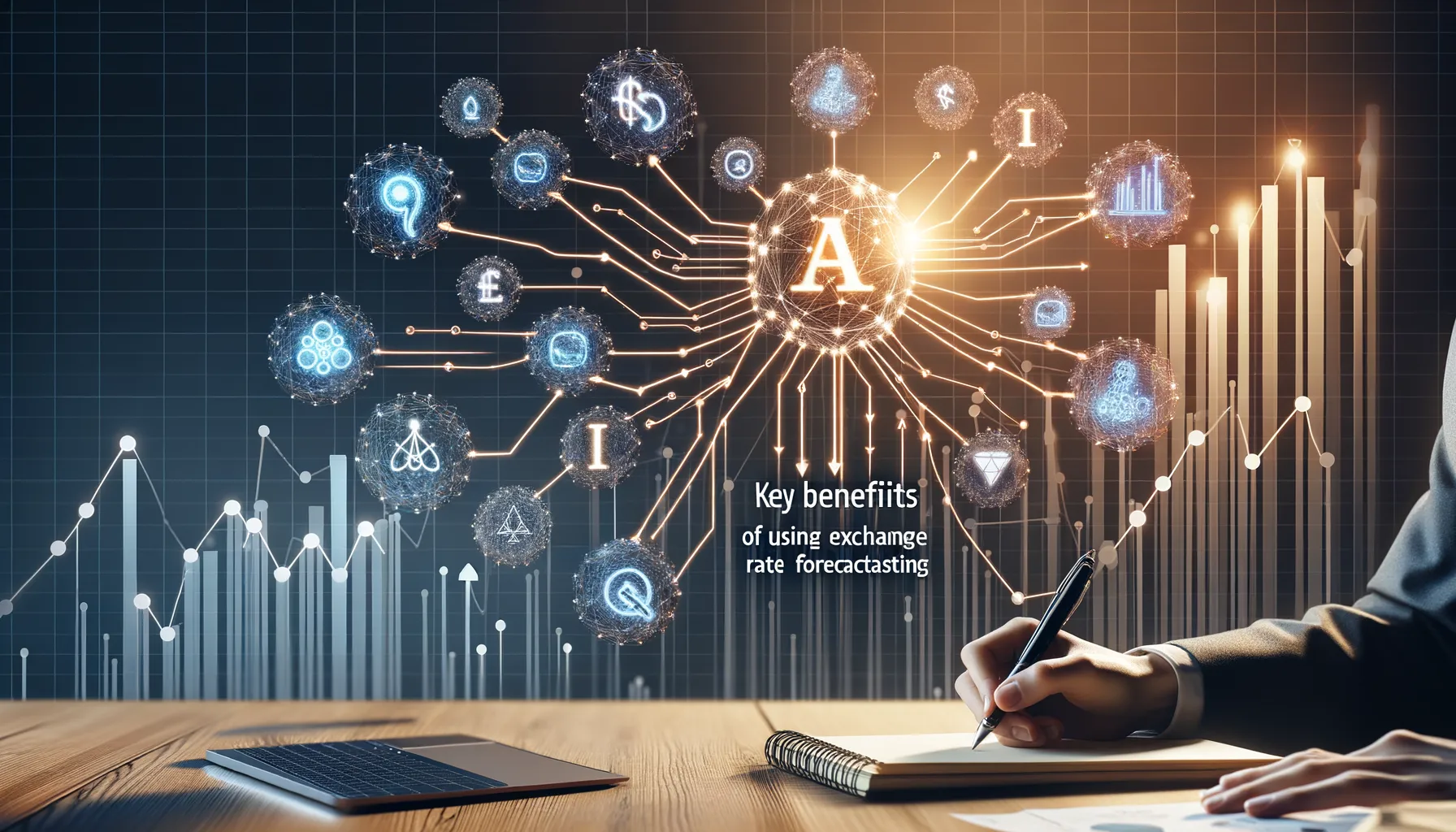
Why AI Feels Like Your Personal Forex Advisor
Imagine having a crystal ball that could whisper tomorrow’s exchange rates into your ear. That’s exactly what using AI for currency forecasting feels like—except it’s faster, smarter, and far more reliable than guesswork. AI thrives on crunching numbers in real-time and detecting trends humans might miss.
Take, for instance, the unpredictability of the USD/EUR exchange rate. Will it surge? Will it dip? With AI, you no longer need to swim in the murky waters of uncertainty. It assesses historical data, tracks political events, and even factors in tweets (hello, market-moving social media storms) to bring clarity to your trade deals.
- Unmatched accuracy: AI algorithms process billions of data points in seconds.
- Real-time updates: Stay ahead of market changes with live, actionable insights.
- Risk minimization: Make informed decisions and dodge costly mistakes.
Turning Complexity into Simplicity
You don’t have to be a financial wizard to harness AI’s predictive power. It simplifies complex analysis into easy-to-understand visuals, charts, or suggestions. Think of it as having a super-smart assistant who never sleeps or gets distracted—just focused, laser-sharp guidance tailored to your needs.
Challenges and Limitations of AI in Currency Forecasting
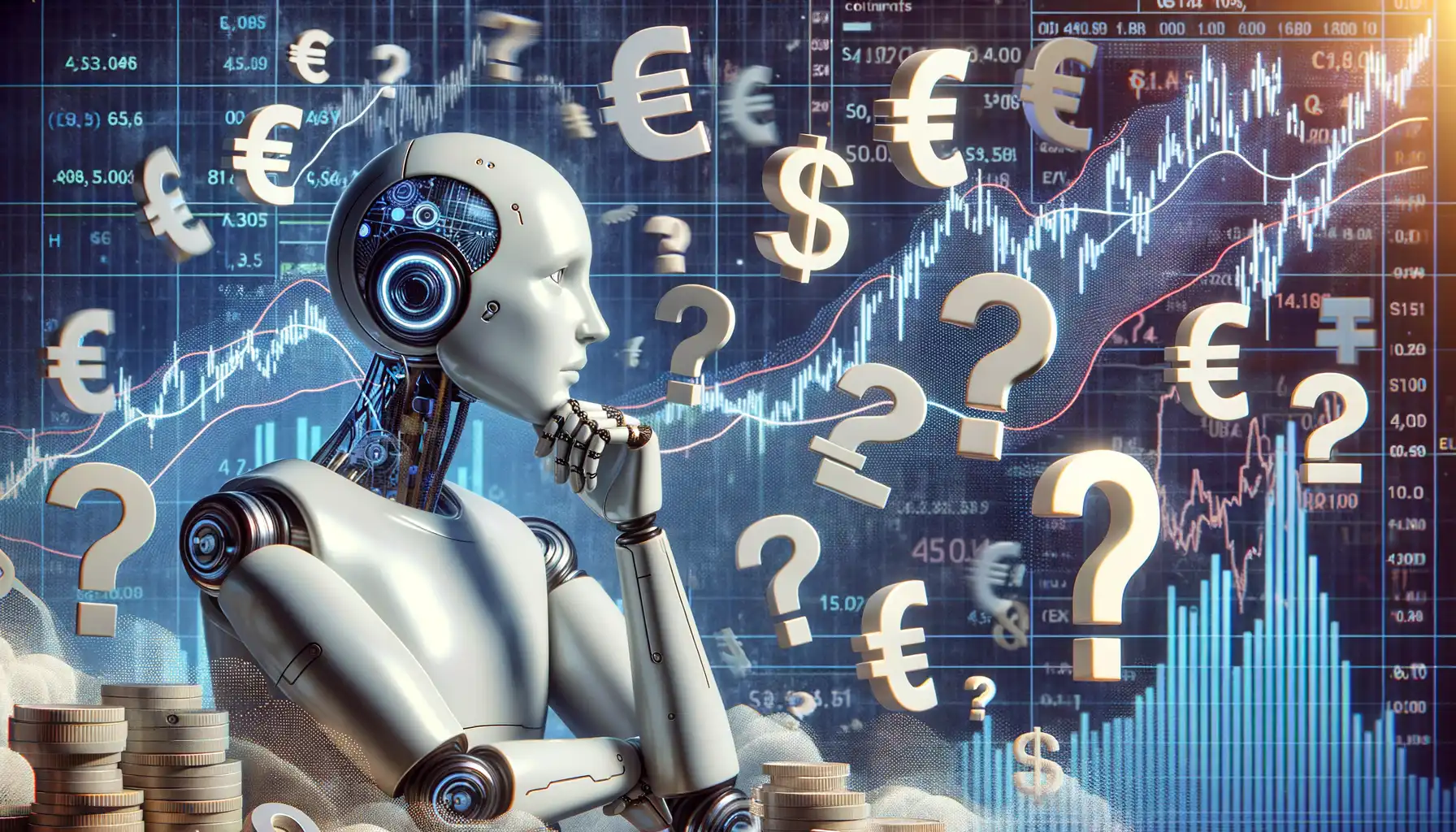
The Human-Like Flaws of Artificial Intelligence
AI in currency forecasting may sound like a silver bullet, but let’s pause for a moment—no system is ever flawless, and AI is no exception. The truth? Sometimes, it stumbles, much like a rookie trader getting caught in the whirlwind of the global forex market. For one, AI relies on historical data like an old-world map. But what happens when the future doesn’t mimic the past? Economic shocks, political upheavals, or even a viral tweet can send predictions skidding off course.
Now, let’s talk about the real elephant in the room: the black box problem. An AI model can spit out a forecast with the confidence of a seasoned economist, yet even developers often can’t untangle how it reached that conclusion. That lack of transparency? It’s a chink in the armor when traders need to justify decisions to stakeholders.
- A sudden central bank policy shift? Good luck teaching an algorithm to anticipate human whims.
- Market sentiment driven by unpredictable factors like natural disasters? A total wildcard.
The cracks may be subtle, but ignoring them is like boarding a plane without asking if the autopilot works!
Future Prospects of AI in Global Trade and Finance
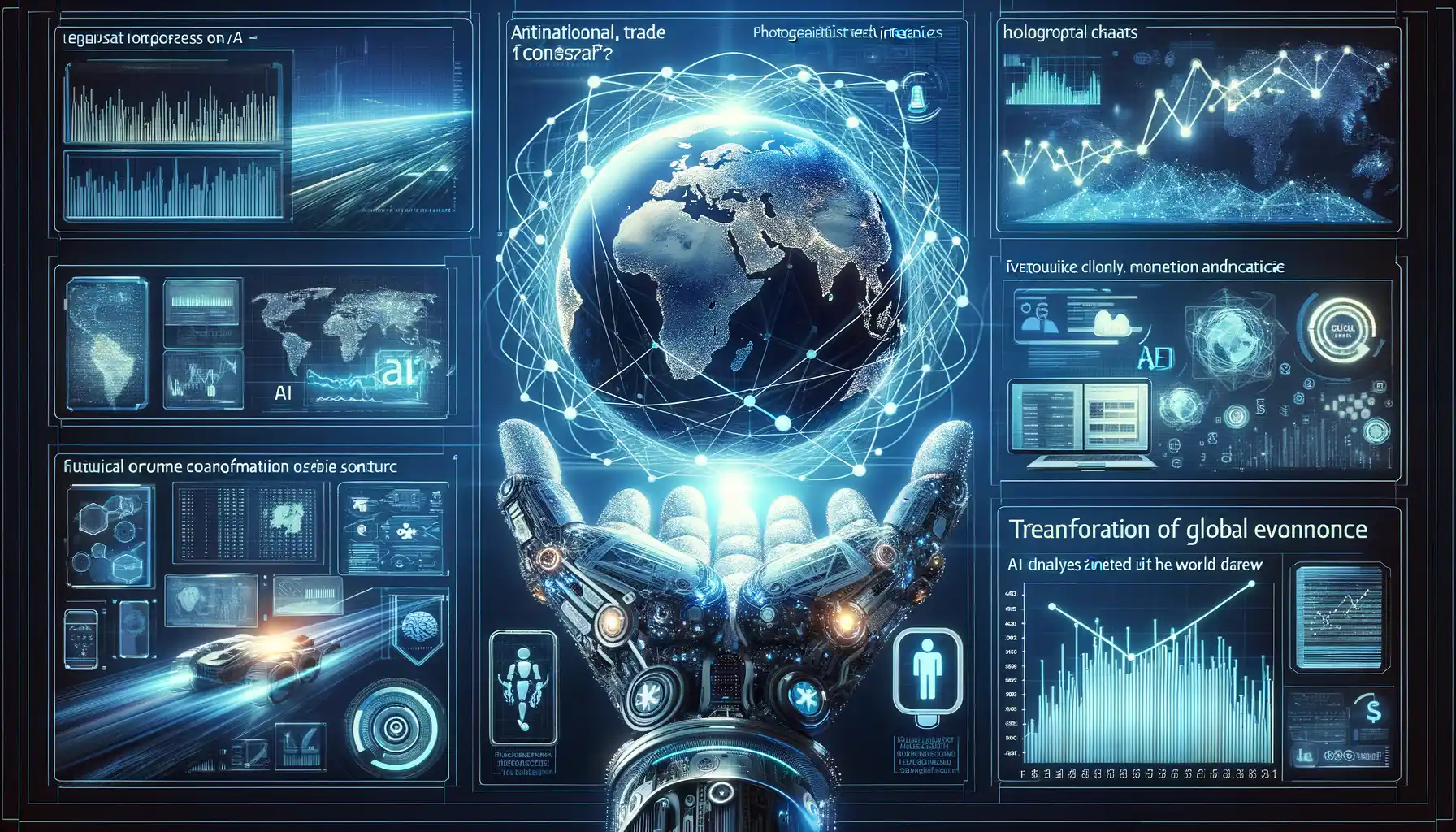
AI as a Catalyst for Global Economic Transformation
Imagine a world where the pulse of global trade is synchronized, effortlessly beating to the rhythm of cutting-edge AI insights. That’s the trajectory we’re on. As algorithms grow not just smarter but more intuitive, the influence of AI-powered currency forecasting is poised to reshape international trade and finance in ways that once belonged to science fiction.
Picture this: a small business in Vietnam wants to strike a deal with a supplier in Germany. In the past, they may have hesitated due to unpredictable exchange rates. With AI forecasting tools, these fears dissolve. They can now anticipate fluctuations weeks—or even months—in advance. Suddenly, the playing field levels.
- Think seamless cross-border transactions without the guesswork.
- Envision reduced risks for exporters and importers alike.
- Dream of a world where financial data flows freely across borders to empower everyone from startups to conglomerates.
Localized Impact Meets Global Opportunity
It’s not just about Wall Street or big-name banks; this transformation seeps into unexpected corners. Farmers in Kenya could use AI-driven trade insights to negotiate better deals with European buyers. A boutique retailer in Brazil might finally feel confident buying products from Asia without fearing sudden exchange-rate spikes.
The future of global finance won’t just be written by analysts in suits; it will be co-authored by algorithmic geniuses and real-world dreamers. Each prediction not only tells a financial story but paints a vibrant picture of economic possibility.






